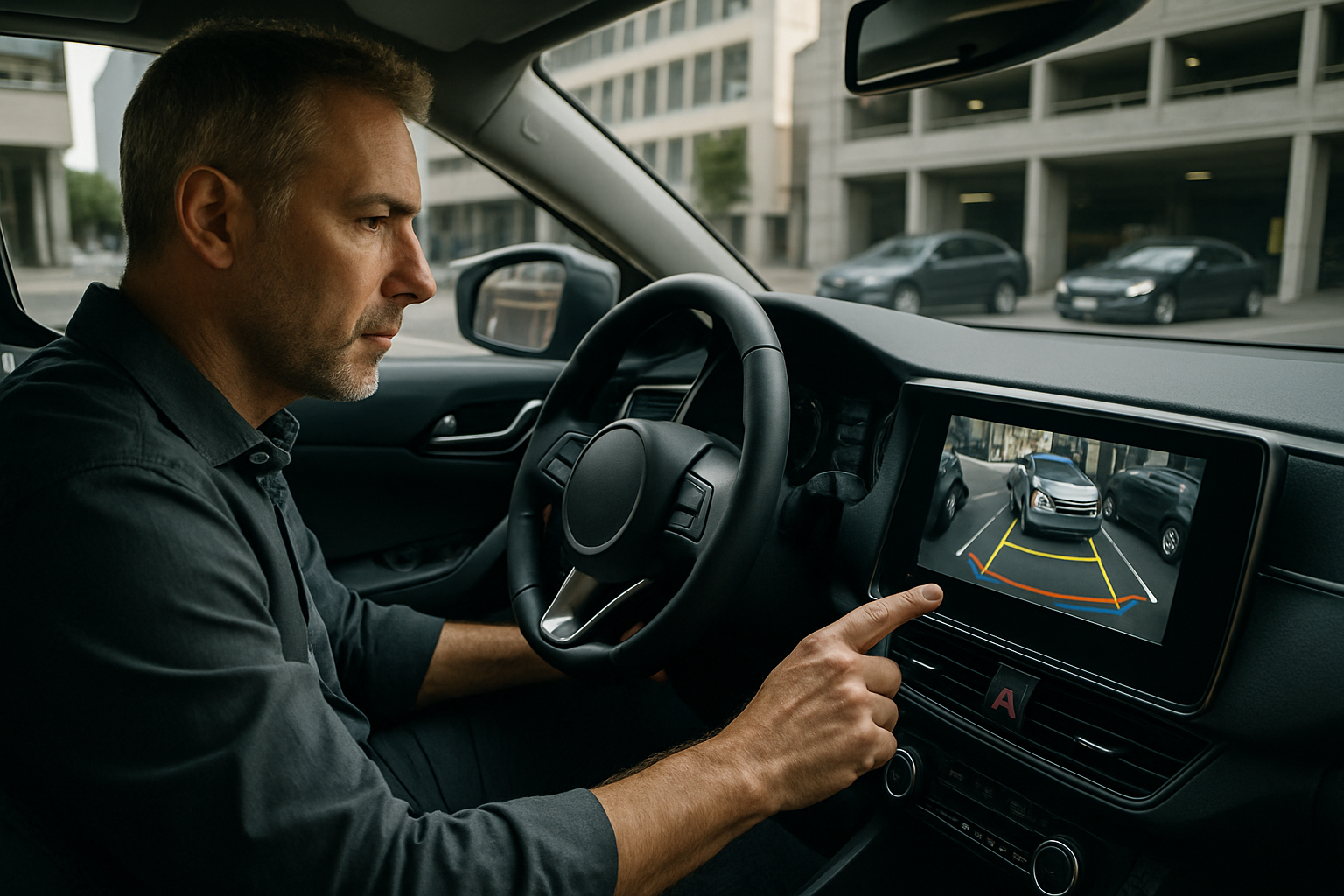Hyundai Casper: Urban Crossover Features and Market Analysis
The Hyundai Casper represents a new approach to urban mobility, combining compact dimensions with crossover versatility. This micro-SUV targets city dwellers seeking efficient transportation without sacrificing functionality. Understanding its design philosophy, technological features, and market positioning helps potential buyers evaluate whether this urban-focused vehicle meets their daily driving needs.

Hyundai Casper: The Ultimate Urban Crossover for City Living
The automotive landscape continues evolving toward vehicles that address specific lifestyle needs. Urban environments demand cars that navigate tight spaces while providing adequate cargo capacity and passenger comfort. The Hyundai Casper emerges as a response to these requirements, positioning itself as a micro-SUV designed specifically for metropolitan areas.
This compact crossover measures approximately 3,595mm in length, making it significantly smaller than traditional SUVs while maintaining elevated seating positions and practical storage solutions. Its wheelbase of 2,400mm maximizes interior space despite the compact footprint, allowing for efficient urban maneuvering without compromising passenger comfort.
Smart Styling & Flexible Cabin: Casper’s Urban Design
The Casper’s exterior design emphasizes functionality over flashiness. Clean lines and geometric shapes create a modern appearance that appeals to younger demographics while remaining practical for various urban scenarios. The vehicle’s height of 1,575mm provides commanding road visibility without appearing bulky in crowded city streets.
Interior flexibility stands as a key selling point. The rear seats fold completely flat, creating a cargo area that can accommodate items typically requiring larger vehicles. Modular storage solutions throughout the cabin include cup holders, phone storage areas, and small item compartments strategically placed for easy access during city driving.
The dashboard layout prioritizes simplicity and accessibility. Controls are positioned within easy reach of the driver, reducing distractions during urban navigation. Material choices focus on durability rather than luxury, acknowledging the practical demands of city driving.
Efficient Performance: Conquer City Streets with Casper
Engine options for the Casper include naturally aspirated and turbocharged variants of Hyundai’s 1.0-liter three-cylinder engine. The naturally aspirated version produces approximately 76 horsepower, while the turbocharged variant generates around 100 horsepower. These power levels prove adequate for urban driving while maintaining fuel efficiency.
Transmission choices include a five-speed manual and a continuously variable transmission (CVT). The CVT option particularly suits stop-and-go city traffic, providing smooth acceleration without the gear hunting common in traditional automatic transmissions during urban driving conditions.
Fuel economy figures typically range between 45-50 miles per gallon in combined driving conditions, making the Casper economical for daily commuting. The small engine displacement also results in lower emissions, aligning with increasingly strict urban environmental regulations.
Stay Connected & Safe: Casper’s Advanced Urban Tech
Technology integration focuses on essential connectivity and safety features rather than luxury amenities. The infotainment system includes smartphone integration through Android Auto and Apple CarPlay, allowing drivers to access navigation, music, and communication apps safely.
Safety features include forward collision warning, automatic emergency braking, and lane keeping assist. These systems prove particularly valuable in dense urban environments where pedestrians, cyclists, and other vehicles create complex traffic scenarios. Parking assistance features help navigate tight urban parking spaces.
The digital instrument cluster provides clear information display without overwhelming the driver with unnecessary data. Fuel economy monitoring, navigation directions, and vehicle status information are presented in an easily readable format.
Ready for Anything: Casper’s Versatility for City Adventures
Versatility extends beyond daily commuting to weekend activities and occasional longer trips. The elevated seating position provides better visibility in traffic while the compact dimensions allow access to parking areas unavailable to larger vehicles.
Cargo capacity, while limited compared to full-size SUVs, proves adequate for grocery shopping, small furniture items, and recreational equipment. The rear seat folding capability effectively doubles cargo space when passenger capacity isn’t needed.
Ground clearance of approximately 170mm allows for light off-road capability, enabling access to unpaved parking areas or camping sites without concern for underbody damage.
| Vehicle Model | Starting Price Range | Key Urban Features | Fuel Economy (Combined) |
|---|---|---|---|
| Hyundai Casper | $12,000 - $16,000 | Compact size, flexible interior | 45-50 MPG |
| Suzuki Ignis | $14,000 - $18,000 | All-wheel drive option, higher seating | 40-45 MPG |
| Daihatsu Rocky | $13,000 - $17,000 | Turbocharged engine, advanced safety | 42-47 MPG |
| Toyota Raize | $15,000 - $19,000 | Hybrid option, premium features | 48-52 MPG |
Prices, rates, or cost estimates mentioned in this article are based on the latest available information but may change over time. Independent research is advised before making financial decisions.
The Hyundai Casper addresses specific urban mobility challenges through thoughtful design and practical features. While not suitable for all driving scenarios, it serves city dwellers who prioritize efficiency, maneuverability, and basic functionality over luxury or performance. Its success depends on market acceptance of the micro-SUV concept and Hyundai’s ability to price it competitively against established urban vehicle options.




